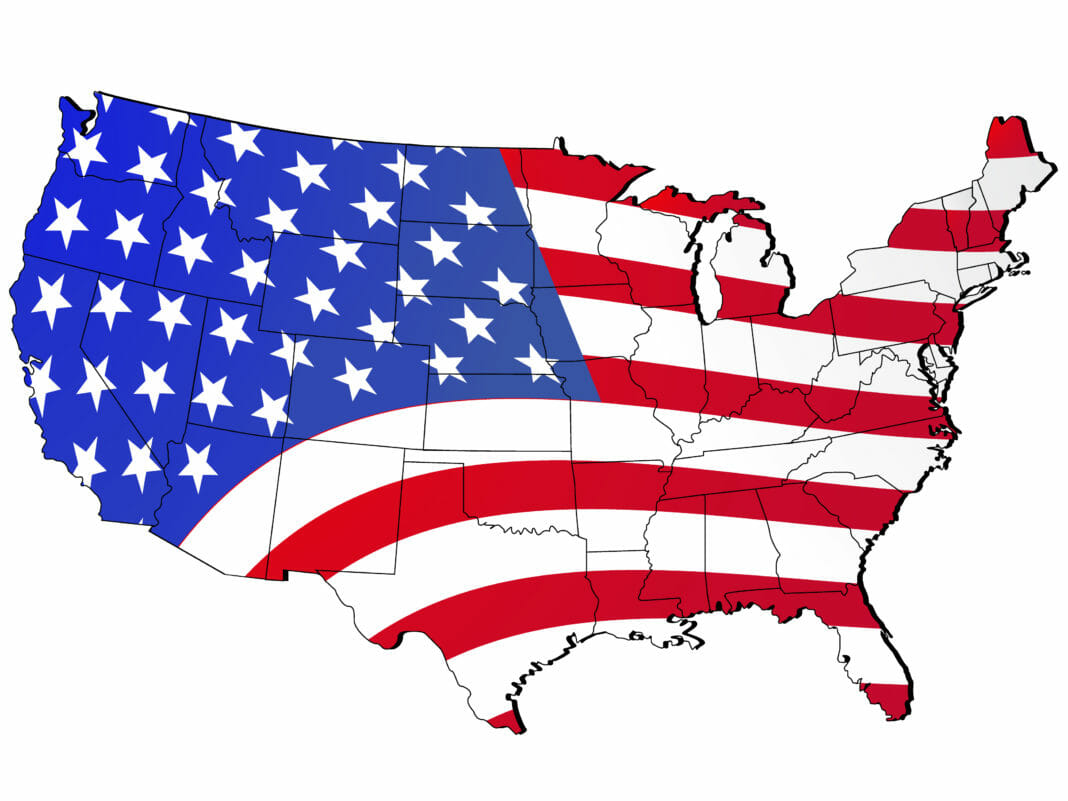Both employers and workers already know in advance what the Fed will do, so they have assimilated it into their expectations.
The United States Department of Labor reported that the volume of employment in the country seems to have a good trend, despite the international crisis and the repeated contractionary monetary policy of the Fed.
Although the labor market is not going through its best days, the truth is that it has been quite resilient in the last quarter. As reported by the New York Times; the data indicate that employers had 10.7 million open positions at the end of the summer, up from 10.3 million in August.
This figure leaves roughly 1.9 jobs posted for every unemployed worker, a persistently high ratio, even as the economy appears to be slowing because of the Federal Reserve’s “battle” against inflation.
Most analysts expect the Fed’s script to repeat itself, with the Fed raising its benchmark interest rate by 0.75 percent. The high probability that this event will be repeated seems to be the reason for the resilience of the US labor market. In other words; both employers and workers already know in advance what the Fed will do, so they have assimilated it into their expectations.
The Difficulty Is in the Hiring
The number of vacant positions is consistent with company surveys. Paradoxically, there are more difficulties in hiring than in obtaining a job. The National Federation of Independent Businesses found, in its September survey, that 23 percent of its members planned to create new jobs in the next three months. Of those, 89 percent said they had few qualified applicants.
The jump in job postings would have been due in large part to big increases in hotels and restaurants, which added 215,000 postings. The health and social care sector was looking for 115,000 more workers than the previous month, thus reaching a total of 2.1 million vacancies, the highest level recorded.
At the same time, the number of people hired fell to about 6.1 million, continuing the downward trend that began this spring. That could be a consequence of employers having a harder time finding qualified candidates or deciding to keep jobs open longer while they wait for the economic dust to settle.
Inflation Lock Still Exists
Inflation has forced some workers to look for ways to increase their income, either by asking for raises or looking for other jobs. At the same time, fears of an impending recession have led some workers to stay put unless another offer is in hand.
The number of layoffs decreased compared to recent months. That’s in line with weekly reports of initial jobless claims, which have hovered near record lows. After hiring aggressively over the past year, and often at higher wages, employers may be less willing to let people go, even when business falters.
By Audy Castaneda











